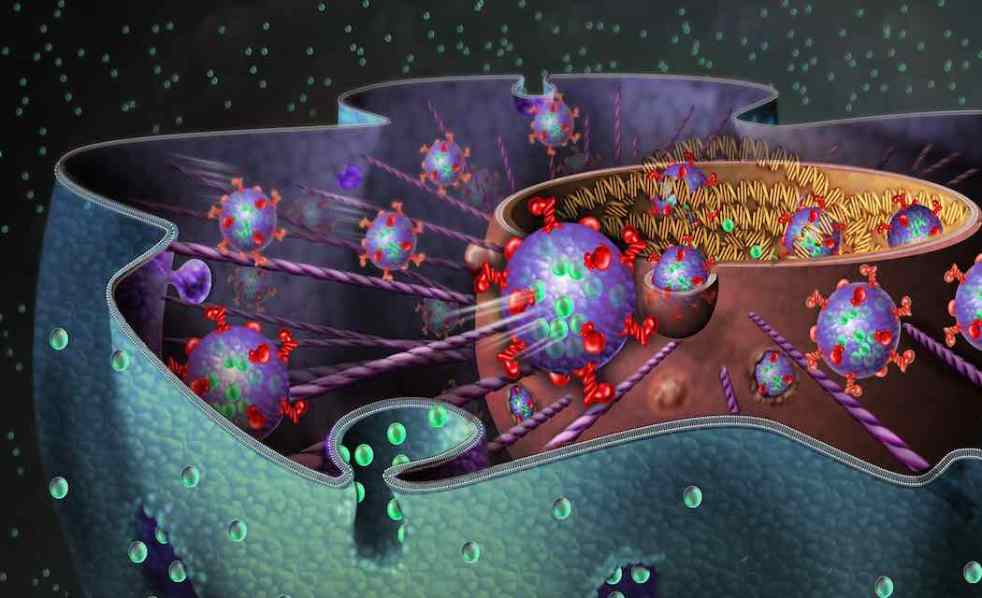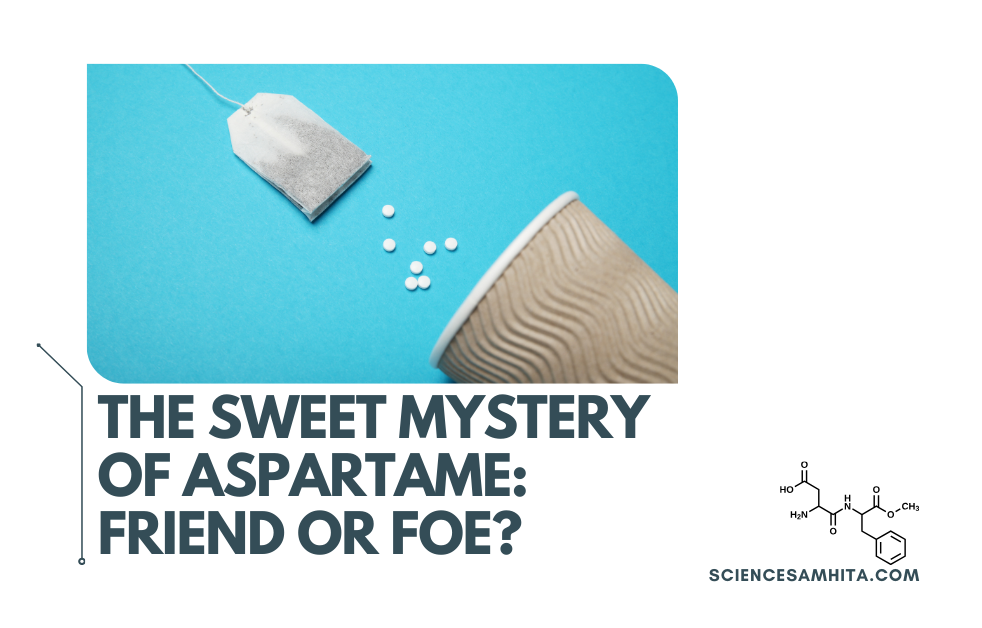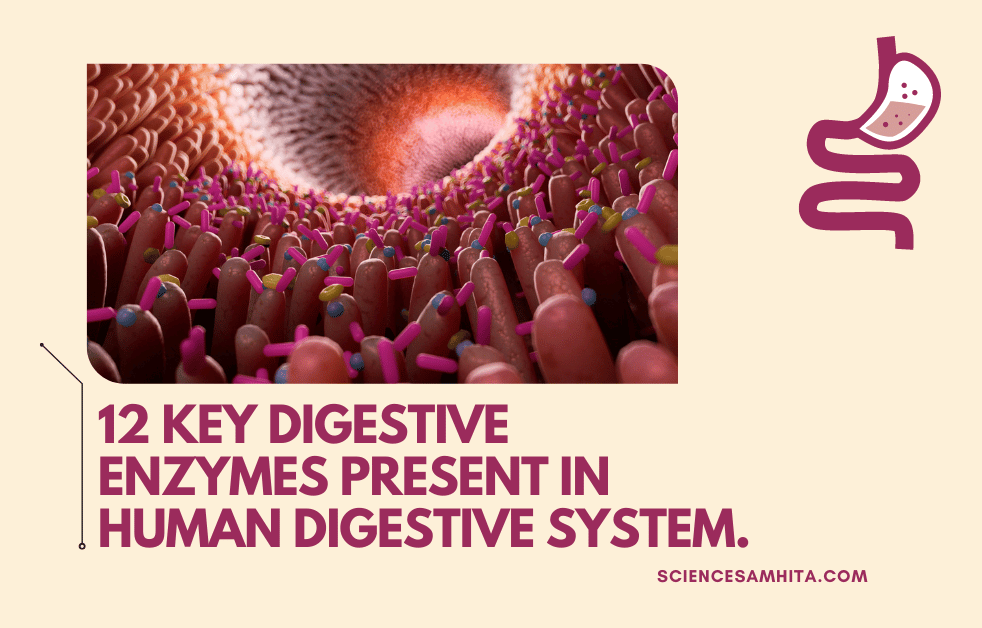An average Human cell (diploid) contains about 6.4 billion base pairs of DNA divided among 46 chromosomes. The length of each base pair is about 0.34 nm. Therefore, if the DNA molecule in a diploid cell were laid out end to end, the total length of DNA would be approximately 2 meters.Since the diameter of a typical cell nucleus is only 10 μm, it is obvious for us to know that how is it possible to fit 2 meters of DNA in such small space without getting tangled up. The answer lies in the remarkable manner in which a DNA molecule is packaged.
Why Nature Preferred DNA over RNA?
We all know that DNA acts as a genetic material in most of the organisms on this planet earth. However, it is also clear that RNA also acts a genetic material, but only in some viruses. During the evolution, nature has considered DNA over RNA as genetic material, because DNA is more stable and more efficient than RNA.
11 Things Parents should know about giving Antibiotics.
Antibiotics have been around for many years and if your baby is 3 years or few months old then it is evident that you may get confronted with antibiotics 4 to 5 times in a year and may have fears and doubts about antibiotics. Moreover, many of you may have a habit of taking antibiotics on an… Continue reading 11 Things Parents should know about giving Antibiotics.
Spermidine: Your Cellular Fountain of Youth
Spermidine, a naturally occurring compound found in common foods like mushrooms, coffee, soybeans, and more, plays a crucial role at the cellular level. It aids in the autophagy process, promoting cellular cleanup, maintains DNA stability, and supports longevity, cardiovascular health, and neuroprotection. Despite its numerous benefits, it's important to maintain moderation to prevent potential drawbacks.
Discovering the Benefits of Nattokinase: A Fun Dive into Health
Nattokinase, a natural enzyme found in a traditional Japanese dish called natto, offers various health benefits. It promotes healthy blood flow, potentially reduces the risk of blood clots, and supports cardiovascular health. Additionally, some studies suggest nattokinase may contribute to a brighter mood and increased joint flexibility. The enzyme is naturally found in natto, a fermented soybeans dish packed with protein and essential nutrients.
What is Aspartame? Is It Actually Bad for You?
Aspartame, a low-calorie sweetener present in diet drinks and many 'lite' snacks, is often the subject of controversy. Despite rumors about potential adverse effects, scientific consensus supports its safety. Notably, aspartame does not cause cancer or raise blood sugar levels. However, individuals who are allergic should avoid it. It's also safe for pregnant women, but consultation with a doctor is recommended. Side effects from aspartame are rare, but could include headaches.
What is Rhodiola rosea? What are its Health Benefits?
Rhodiola Rosea, an adaptogenic herb found in the icy mountains of Europe and Asia, offers numerous health benefits, particularly in combating stress, enhancing cognitive function, and boosting metabolism. Research indicates its ability to provide an energy surge without caffeine jitteriness. Mild side effects can occur, so consultation with a doctor is recommended before usage. It's available in many forms, including capsules and tinctures, for convenient integration into lifestyle routines.
12 Key Digestive Enzymes present in Human Digestive System.
The digestive enzymes work tirelessly, breaking down our meals into nutrients, fueling our body, and maintaining our overall health. They're the invisible workforce, ensuring that whatever you eat is efficiently processed and utilized. The significance of these enzymes is often overlooked, but without them, our body's ability to absorb nutrients would be severely compromised. Join me as I explore the vital role these digestive enzymes play and discover how they contribute to the remarkable machinery that is your digestive system.
What is a Gallium Nitride Charger? What are its advantages?
A Gallium Nitride (GaN) charger is a cutting-edge charging device. It utilizes GaN technology to provide more efficient and faster charging. This technology has revolutionized the charging industry due to its superior performance, efficiency, and size reduction capabilities.
What are Ocean Dead Zones? What Causes Them and How Can We Prevent Them?
Dead zones are areas of the ocean where the water has low levels of oxygen, which can be suffocating for marine life. Ocean dead zones are increasing in size and frequency since the 1960s and could occupy around 20% of the world's oceans. These zones are caused by a variety of factors, including agricultural runoff, sewage discharge, and climate change. There are ways to prevent dead zones, including reducing agricultural runoff and increasing the number of wetlands.
What is Carbon monoxide poisoning?
Carbon monoxide poisoning mostly occurs in winters, when we use coal, wood, and other carbon-based fuel to produce heat in our homes.
11 Synthetic Fibers Making Everyday Life Comfortable.
Synthetic fibers are polymers made from small units joined together through chemical synthesis. The chemical synthesis of synthetic fibers involves polymerization i.e. combining monomers units to make a long chain or polymer, a process known as polymerization.












